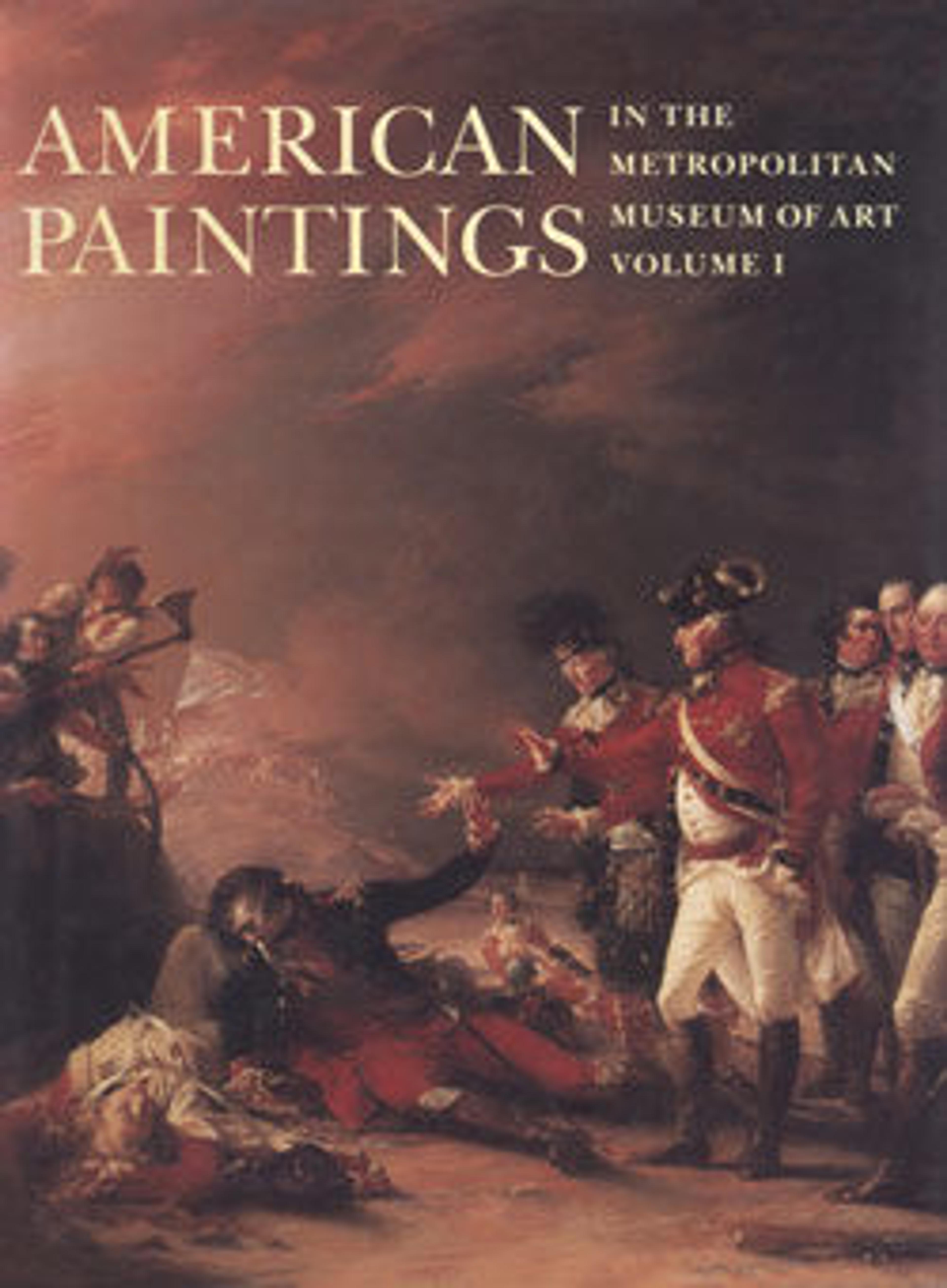The Boot Black
Here, Chappel captures two extremes of New York society. In the center are three black workers—a boot black and two liveried coachmen. Whether they are free or enslaved is uncertain. This scene likely dates from 1806 to 1813, well before New York abolished slavery in 1827. If free, the men would have received meager wages. Chappel also depicts the Walton House, one of the city’s grandest homes, in great detail at far right. It was built in the 1750s by the merchant William Walton, who secured his family’s fortune by shipping provisions to the Spanish in St. Augustine, Florida.
Artwork Details
- Title: The Boot Black
- Artist: William P. Chappel (American, 1801–1878)
- Date: 1870s
- Culture: American
- Medium: Oil on slate paper
- Dimensions: 6 1/16 x 9 1/8 in. (15.4 x 23.2 cm)
- Credit Line: The Edward W. C. Arnold Collection of New York Prints, Maps, and Pictures, Bequest of Edward W. C. Arnold, 1954
- Object Number: 54.90.501
- Curatorial Department: The American Wing
More Artwork
Research Resources
The Met provides unparalleled resources for research and welcomes an international community of students and scholars. The Met's Open Access API is where creators and researchers can connect to the The Met collection. Open Access data and public domain images are available for unrestricted commercial and noncommercial use without permission or fee.
To request images under copyright and other restrictions, please use this Image Request form.
Feedback
We continue to research and examine historical and cultural context for objects in The Met collection. If you have comments or questions about this object record, please complete and submit this form. The Museum looks forward to receiving your comments.
